With bias being the style of choice for the uber slim Kate Moss, there are many brides I’m sure sighing and wishing they could wear bias on their big day. But the word bias strikes fear into the heart of most brides. Visions of every bump and lump real or imagined on display permeating their big day is terrifying, so in order to demystify bias, I’d like to say a few words in its defense.
The technical bit
You’ve heard the term bias cut gown but what exactly does it mean? Before the development of knits, the bias cut was used for body-hugging silhouettes. It all started in 1927 when a Parisian couturier, Madeleine Vionette developed a technique using the true cross grain of fabric. Defined, a bias cut simply means the pattern pieces are placed on the cross grain rather than straight grain lines of weft or warp of the fabric. By 1930, Hollywood designers took advantage of this cut and made it into a real trend.
So what are the advantages of a bias cut gown? Fit. Gowns cut on the true bias hug and cling to the hips and midriff and fall beautifully. Many times they seem like a second skin, though this depends on how and where the bias is used. There are various fits within the bias style.
1. True bias dresses
This gown is cut from head to toe on the true bias, with little or no flare in the skirt. The heavier the fabric, the more it will drag down and cling to your curves. Conversely the lighter weight or stiffer the weave of the fabric, the less it will cling, giving a softer, less curvaceous silhouette. This is key to selecting your dress. The roomier or looser the cut of the bias dress, the more it will hide imperfections, and glance over the hips and thighs.
Sarah Janks “Acacia” Bias Cut Dress. Photo from Sarah Janks Couture.
2. Partial bias dresses
There are numerous ways bias is used in dresses, some of the more flattering for an hourglass or pear shaped figure are:
Full bias skirts
Full skirts cut on the bias hang beautifully and have a wonderful drape over the hip, flowing into soft folds on the hem.
Image via tributesbygisele.com
Godet inserts
Triangles of fabric inserted into hemlines to give more fullness and reduce the figure hugging quotient.
Sarah Janks “Aeryn” Bias Cut Dress. Photo from Sarah Janks Couture.
Kick panel
Usually added at the back, a kick panel gives a fuller hem to a bias dress, balancing out a fuller figure.
Image via Amanda Wakely
Cut lines
Panel lines on the dress, which are added to insert fullness and stop it clinging to hips or thighs by changing the grain in that area to the straight.
Image via nymag.com
Layering
This was a big trend in the thirties, bias slips with beaded overlays, the slip still hinting at a feminine silhouette but the double layer of fabric concealing any imperfections.
Image via Celebrity Wedding Dresses
The secret to buying bias is good quality fabric and a good cut, so armed with the information above you’ll find shopping for bias a cinch. The next time you’re in a bridal store trying on gowns, take a moment and put on a couple of bias styles. They’re glamorous, effortless and incredibly sophisticated and they show off a bride to her best.
Ms Gingham says: This style of dress just evokes feelings of glamor and romance. It’s so beautiful! I didn’t know there were many different types of bias cut to suit fuller figures either. Thanks for demystifying it for us Sarah!
About Sarah Janks: Sarah runs her own fashion house Sarah Janks Couture specializing in designer bridal wear in Sydney, Australia. Born in South Africa, she moved to London after her studies where she worked for almost a decade with some of the top names showing in London, Paris and New York. She still has close ties with the UK and her designer bridal collection launched in London in March 2011.
Read more posts from Sarah Janks here.


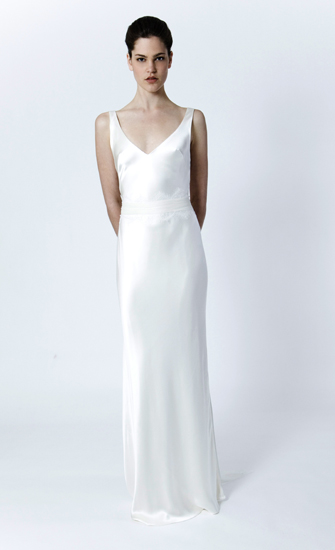
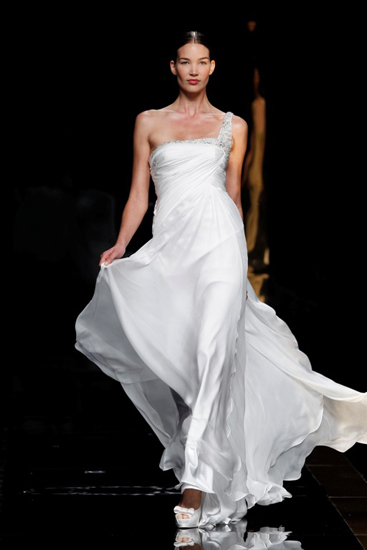
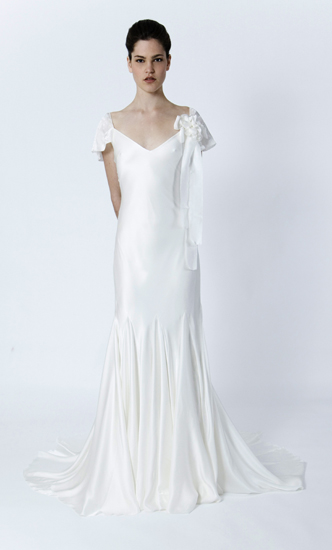
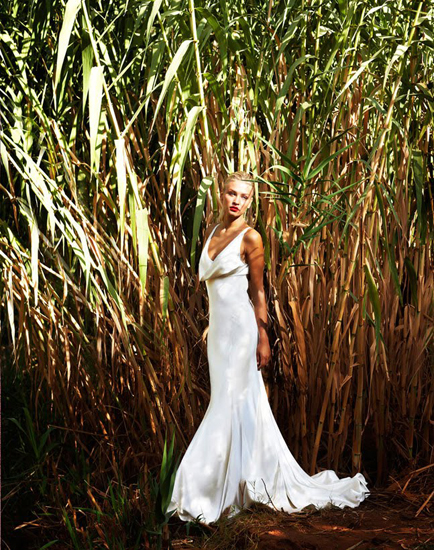

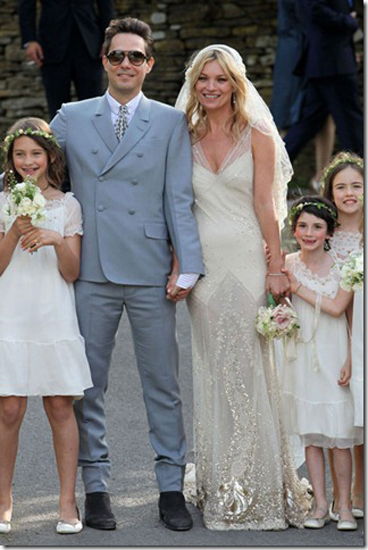
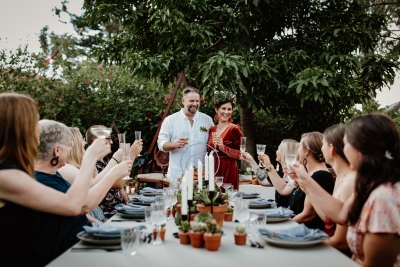
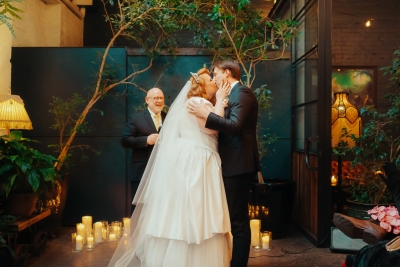
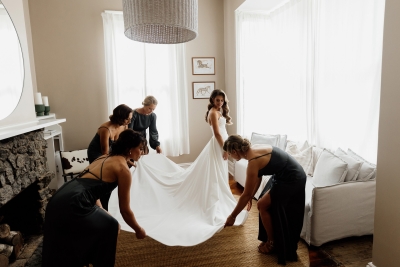





Join the conversation